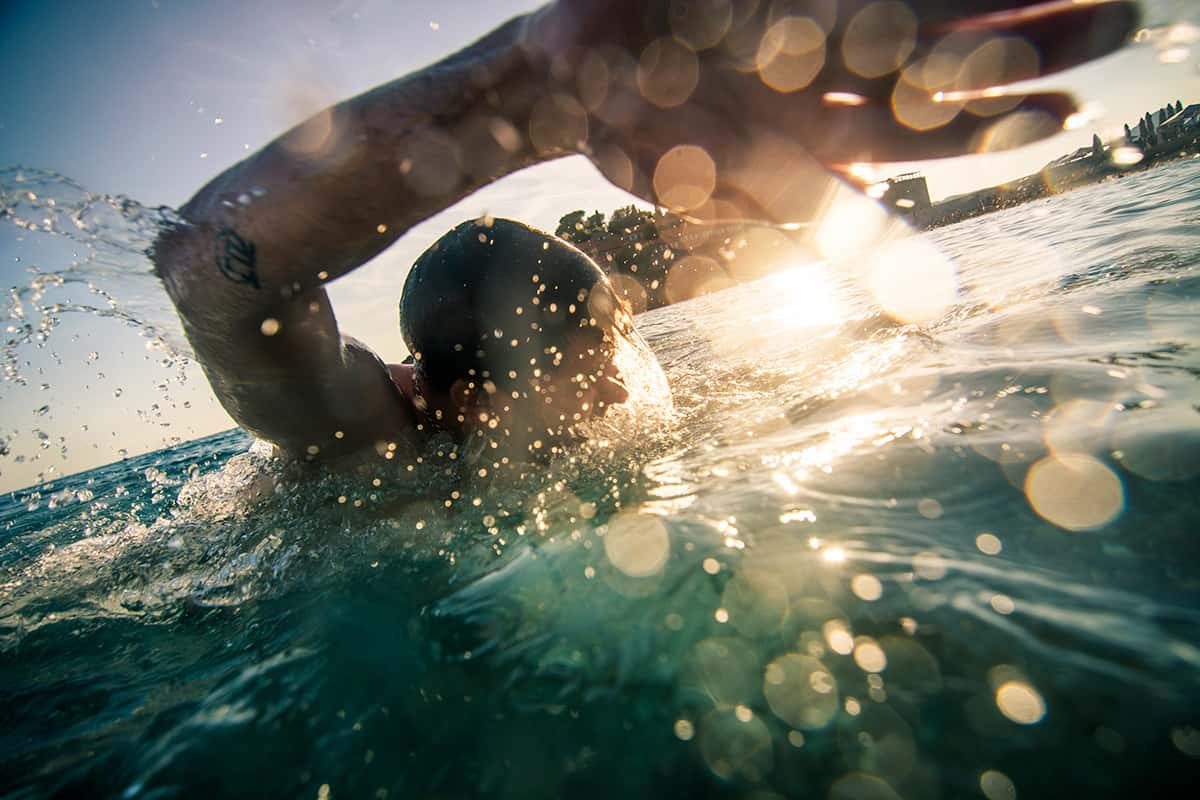
The Paralympic Games in Tokyo will be wrapping up this weekend and to honour the hosts, this edition of the Red Folder is focussing on Japan.
World-class swimmers must work hard for even the smallest advantage in their sport. One physical reality that they are up against is that the resistive force pushing them back in the water is proportional to the cube of their swimming speed – which means that speeding up costs a lot of energy.
Swimmers increase their velocity by boosting their stroke frequency, but now researchers at the Faculty of Health and Sport Sciences at the University of Tsukuba have found that there is a maximum stroke frequency beyond which swimming speed for the front crawl is not increased.
Conflicting evidence
According to Tsukuba’s Hideki Takagi, this limit is “due to a change in the angle of attack of the hand that reduces its propulsive force”. They also found that the balance of forces at the hand were different at different swimming speeds – suggesting that different techniques could be optimal for short and long-distance swimming. Their study also found conflicting evidence for whether increased kicking frequency boosts speed – saying that there is much more work to be done to fully understand the subtleties of the front crawl.
The research is described in Sports Mechanics.
Elsewhere at the University of Tsukuba, Shinichi Yamagiwa and colleagues have analysed video of judo throws from top-flight matches to try to determine the factors that contribute to good technique. The goals of the study were to improve the understanding of the biomechanics of judo and to improve coaching and training techniques. They report their findings in Sensors.
Soon, the world’s Paralympians will be packing up their medals and flying home. But should they be worried about radiation from solar flares that they could be exposed to when flying?
Ground level enhancements
A research team led by Yosuke Yamashiki at Kyoto University has addressed that question by looking at radiation doses experienced in aeroplanes flying eight different routes during five events called “ground level enhancements” (GLEs). These are periods of increased cosmic ray intensity measured at ground level and are normally associated with solar flares.
Yamashiki and colleagues found that there were increases in the detection of solar energetic particles (SEPs) on board the aircraft. However, they found that radiation levels were not high enough to justify current countermeasures such as flying at a lower altitude where radiation levels are lower during a GLE.
“There is no denying the potentially debilitating effects of radiation exposure,”says Yamashiki, “but the data suggest that current measures may be over-compensating for the actual risks”.
The study is described in Science Advances.
